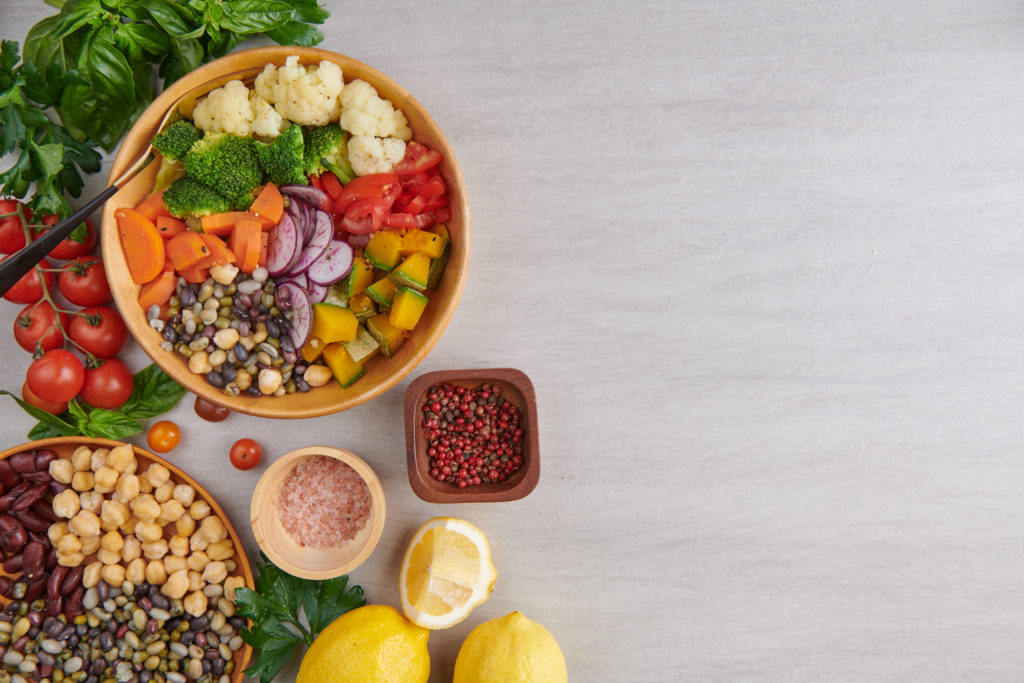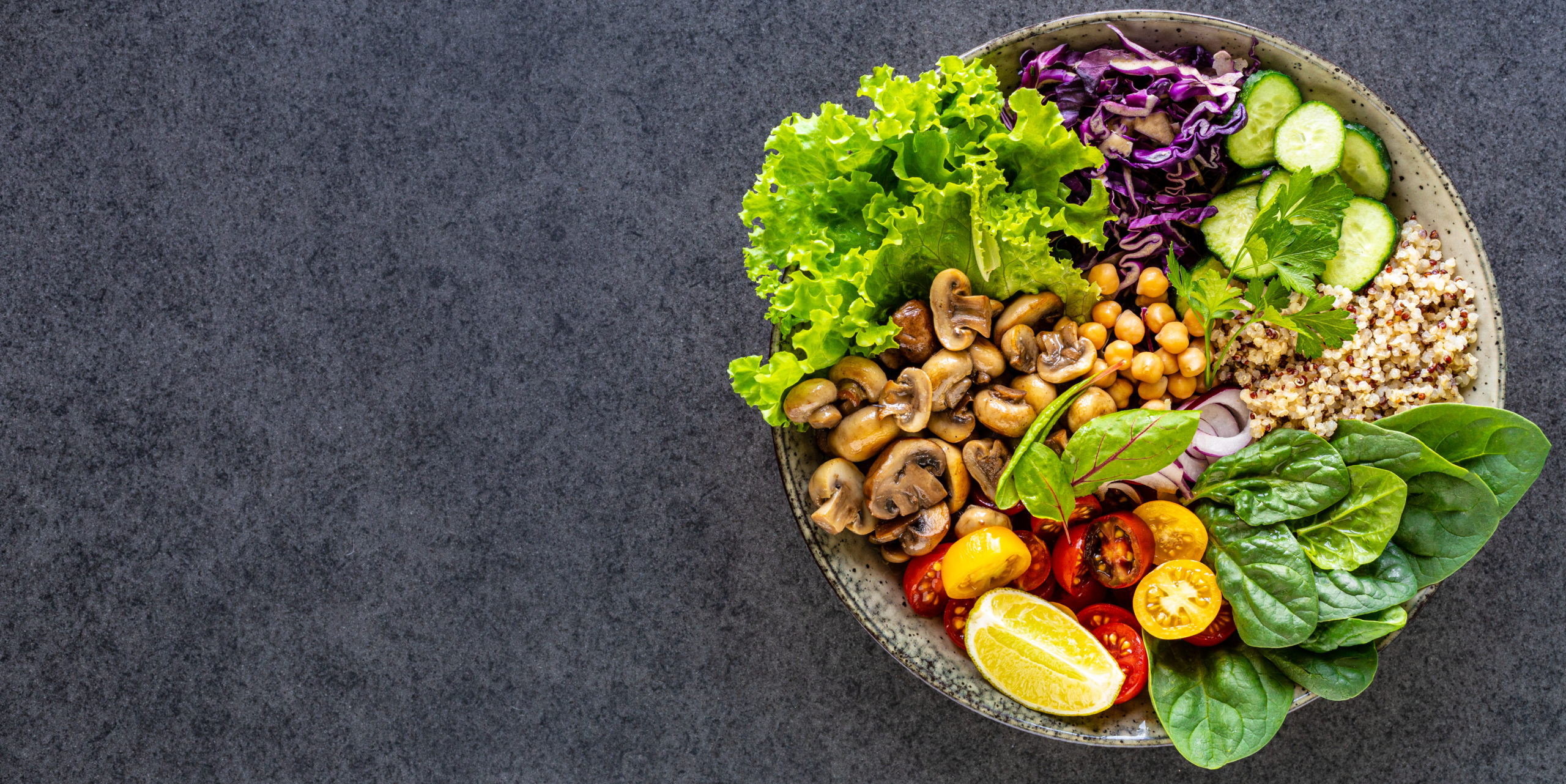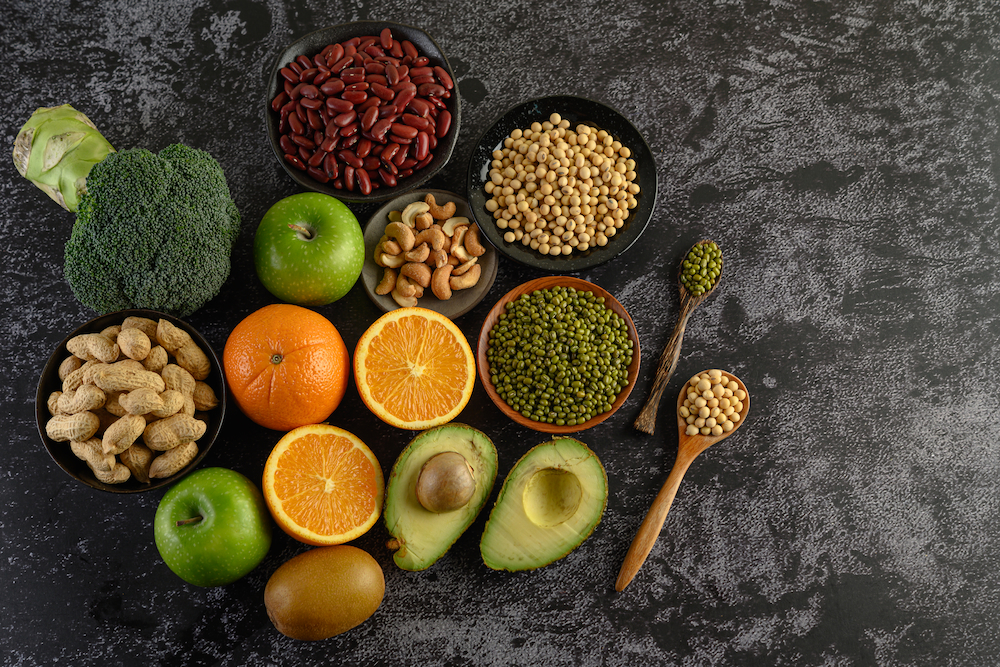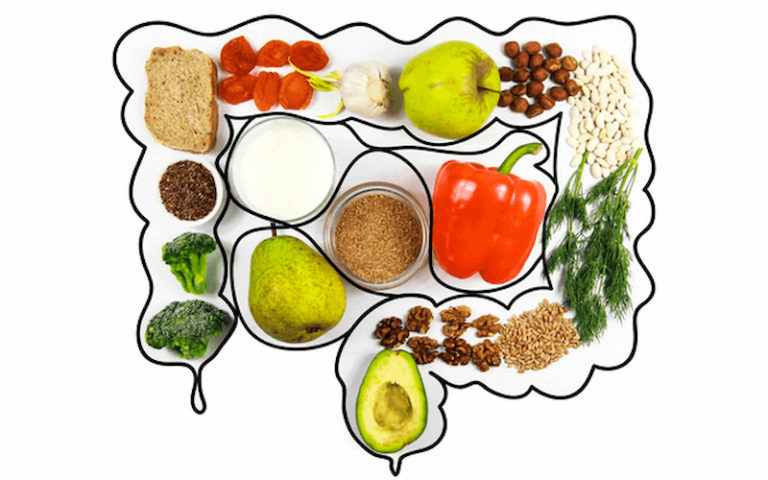The phrase “superfood” refers to a recent trend that has acquired a lot of traction in recent years. It makes us wonder what a superfood is. Why has it recently appeared on our newsfeed? What had we been missing all these years in terms of living a healthy lifestyle? These are all the possible questions that get asked about the term. Let’s look into the superfood craze and learn more about it.
What makes a food – Superfood?

There are no specific criteria that characterize a superfood. This means that the foods categorized as superfoods are the most nutrient-dense foods on the planet. Some well-known superfoods are pomegranates, various berries, matcha green tea powder, kale, garlic, turmeric root, etc. Superfoods are foods with a high nutritional density, meaning that a small amount of them can give a significant amount of nourishment.
They are high in calories, minerals, vitamins, and antioxidants. It is common knowledge that the majority of superfoods have been freely available for millennia, and our forefathers were well aware of their health benefits.
The truth is that the health benefits of all superfoods have only just been reintroduced to the modern world, therefore the commotion. There is a popular misunderstanding that superfoods, because of their fancy classification, will be expensive or taste bad, making consumers reluctant to try them. While many exotic superfoods might be expensive, there are currently a lot of inexpensive substitutes accessible from competitive market participants, such as puffed quinoa, ragi crisps, and other items.
The majority of experts now believe that eating a diverse, well-balanced diet rich in organically produced vegetables and fruits is essential for good health. This also implies that consuming heavy portions of any meal, regardless of how nutritious or wholesome it could be, may end up doing more harm than benefit to your body.
To start eating healthy, it is essential to include fresh fruits, protein, vegetables, fiber, and healthy fat in your diet. Providing the body with the necessary nutrients regularly ensures that intestinal health is maintained at its best, which promotes productivity and energy while also preventing the onset of chronic illnesses.
Let’s dig deeper into a few of the superfoods here:

Avocados
Avocados have the highest nutritional profile of any fruit. Avocado is rich in healthy fats also known as monounsaturated fats; which are proven effective in reducing LDL cholesterol, low in carbohydrates, and a good source of fiber that keeps you satiated for several hours after eating.
Berries
Several well-known (and some less well-known) berries are unquestionably among the healthiest food sources accessible to us. The best berries are high in health-promoting polyphenols like ellagic acid. Blue and black super berries are high in anthocyanins and flavonoid pigments, which have been linked to a range of health benefits. Here are some of the most unusual super berries:
- Blackberries
- Wild Blueberries
- Raspberries
- Cranberries
- Black Elderberries
Salmon
Salmon is considered a superfood among fishes because of its high level of omega-3 fatty acids, which are proven to reduce inflammation and swelling in the body. Salmon is abundant in protein, vitamin B, and potassium, among other nutrients.
Broccoli
Broccoli is a nutritious vegetable that is high in vitamins, minerals, and other bioactive components. Broccoli’s high phytochemical content and nutritive quality may help to reduce the risk of a range of diseases, including cancer, coronary heart disease, osteoporosis, and respiratory disorders like asthma. This could also aid in reducing inflammation in the body, regulating blood glucose levels, promoting weight reduction, and improving skin and eye health.
Legumes
Beans, for example, are one of the numerous common foodstuffs that contain extremely high amounts of minerals and phytonutrients. vitamin B, fiber, and protein are found in abundance in these simple legumes, and some have been proven to possess exceptionally high quantities of flavonoids.
Leafy Greens
Vitamin A, vitamin C, calcium, and a variety of antioxidants are abundant in dark, leafy greens, all of which are beneficial to your health. They are also rich in dietary fiber. Spinach, kale, mustard greens, and other leafy greens are all good options. It may be eaten raw in salads, sautéed in olive oil, or added to stews and soups.
Nuts
Plant protein is abundant in nuts such as hazelnuts, walnuts, and almonds. They also include monounsaturated fat, which may contribute to reducing the risk of cardiovascular disease. Nuts can be eaten alone or with oatmeal as a snack. However, because nuts are heavy in calories, they must be used in moderation.
Any nutritionally dense meal packed in vitamins and minerals is an immune superfood. Nonetheless, due to their health advantages, certain items appear to stay one step ahead.






